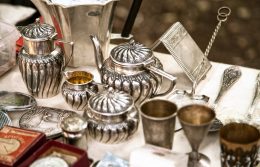Tips for Shopping Your Local Plant Nursery
As temperatures warm and nature awakens, gardeners are looking forward to heading back outside and putting their green thumbs to the ground.
After a long winter, the task of planning out and stocking a spring garden can quickly become overwhelming for the casual gardener. Here are some tips for successfully navigating your local plant nursery to kick off your gardening season.
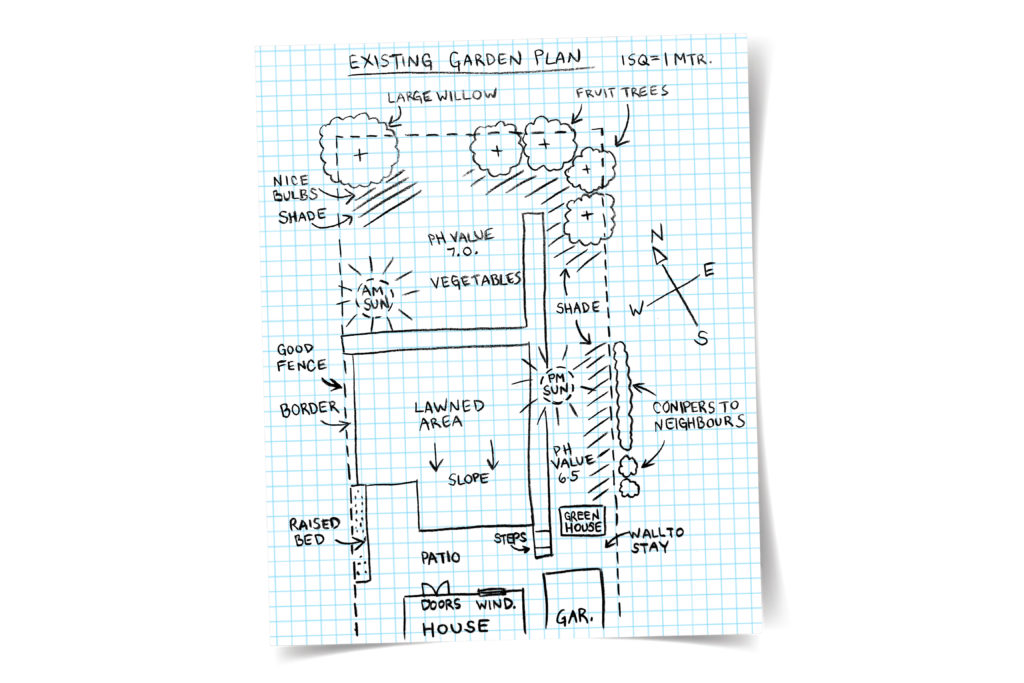
1. Sketch It Out
Planning for your garden will save you a great deal of difficulty when adding new plants to the mix. It can be helpful to sketch out your garden — including structures, existing plants, and measurements for the free space where your new plants will grow. This will give you a good sense of how many plants you need to get and how much space they will have.
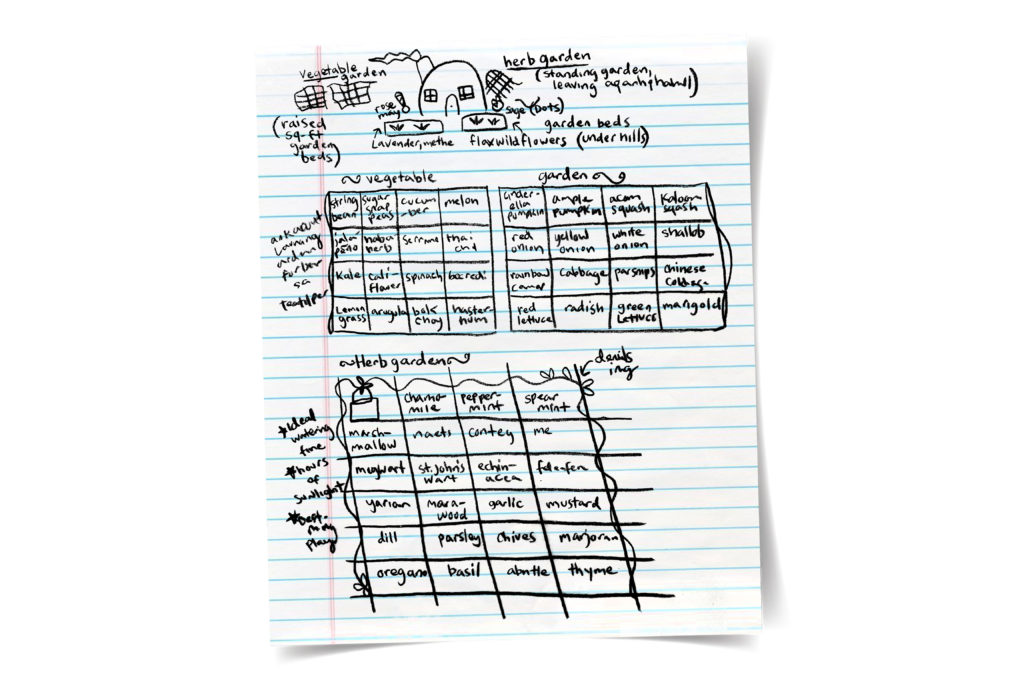
2. Write Down Your Stats
It’s helpful to note the amount of sunlight, water, and pest vulnerability in different areas of your garden. Most plant tags will list growth requirements such as hardiness zone and the amount of water, sunlight, and space required. Try to match these requirements with what your garden can provide. Your prior preparation will save you a lot of guesswork! If you can tell the shopkeepers how shady, how dry, and how vulnerable your garden is, they can also help arm you with the right plants and materials.
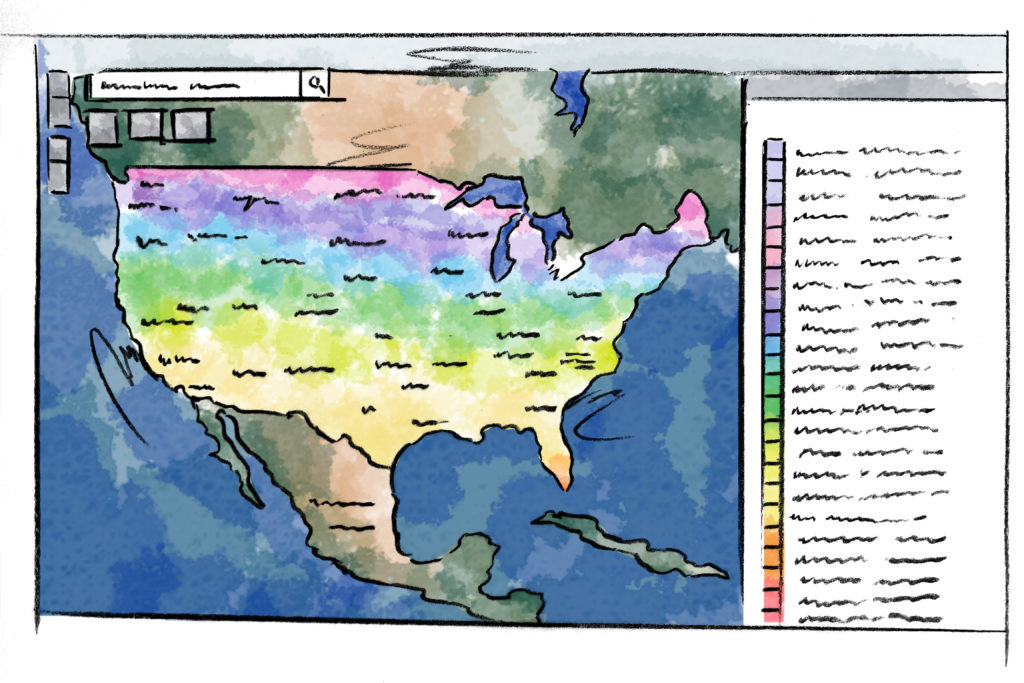
3. Know Your Zone
It’s also important to know your hardiness zone, since there are several different zones within the state — although your local plant nursery will have experts who will be able to advise on that as well.
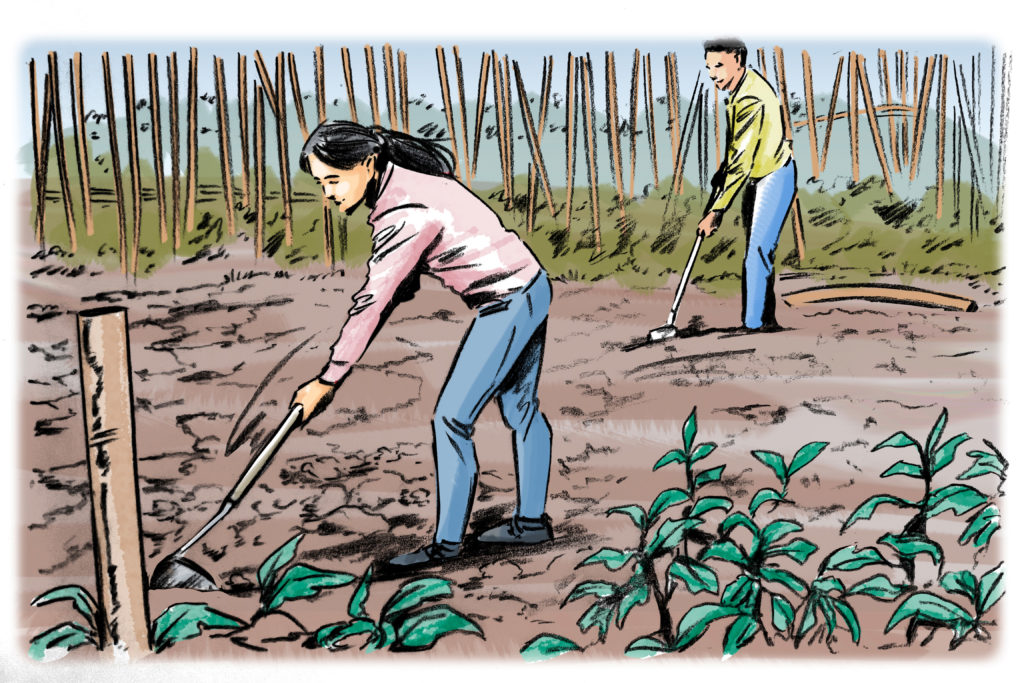
4. Be Ready to Plant
Complete any prep work before you shop; this is a great time to build any new structures, weed the garden, prune perennials, and till soil. Before you leave for the local plant nursery, empty your car’s trunk and lay down towels or a tarp to protect your interior.
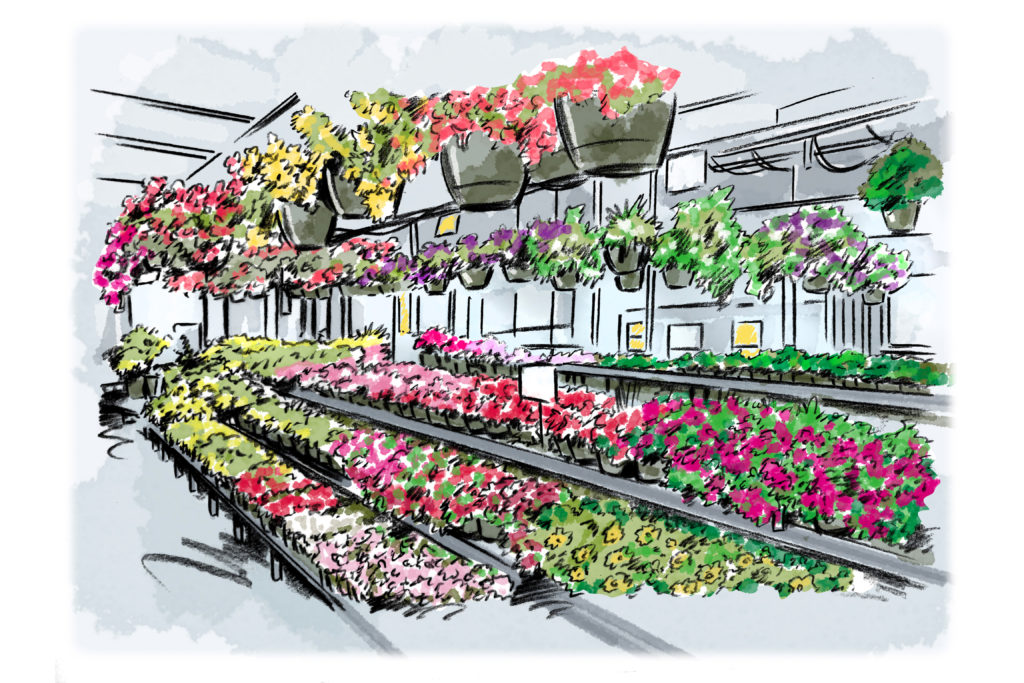
5. Pick Your Plants
Decide what kind of plants you will be putting in your garden space (edible crops, flowers, shrubs, or trees). The Native Plant Society of Texas is a great resource for choosing the best plants for Texas gardens. Although it can be fun to see what’s available and get inspired, this can also make planning and organizing more difficult — so it can be useful to at least have an idea of what you want to find. Also have a budget in mind before you arrive at the nursery in case your green thumb gets bigger than your wallet!
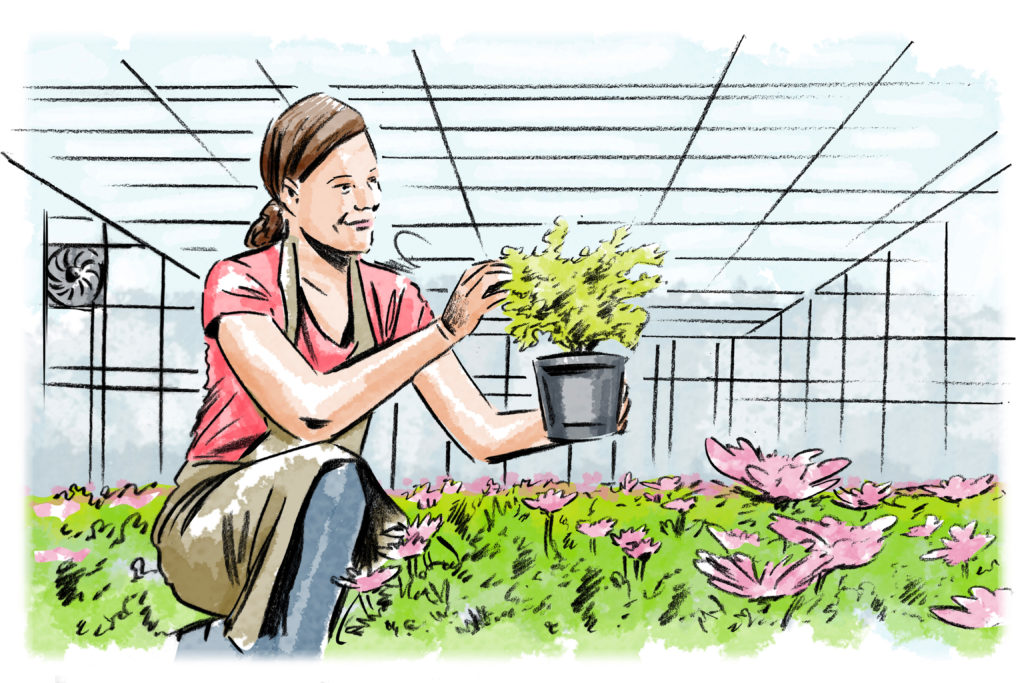
6. Selecting the Best Plants
Examine plants thoroughly; they should be hardy, green, compact, with multiple healthy stems and buds. Make sure the plant is disease-, insect-, and weed-free by examining leaves and containers. Make sure roots are not growing around the bottom of the container and that trees with root balls are solid and unbroken. If you are overwhelmed by the selection process, don’t worry! Employees at local plant nurseries are highly knowledgeable and are always happy to answer any specific questions you might have while browsing.
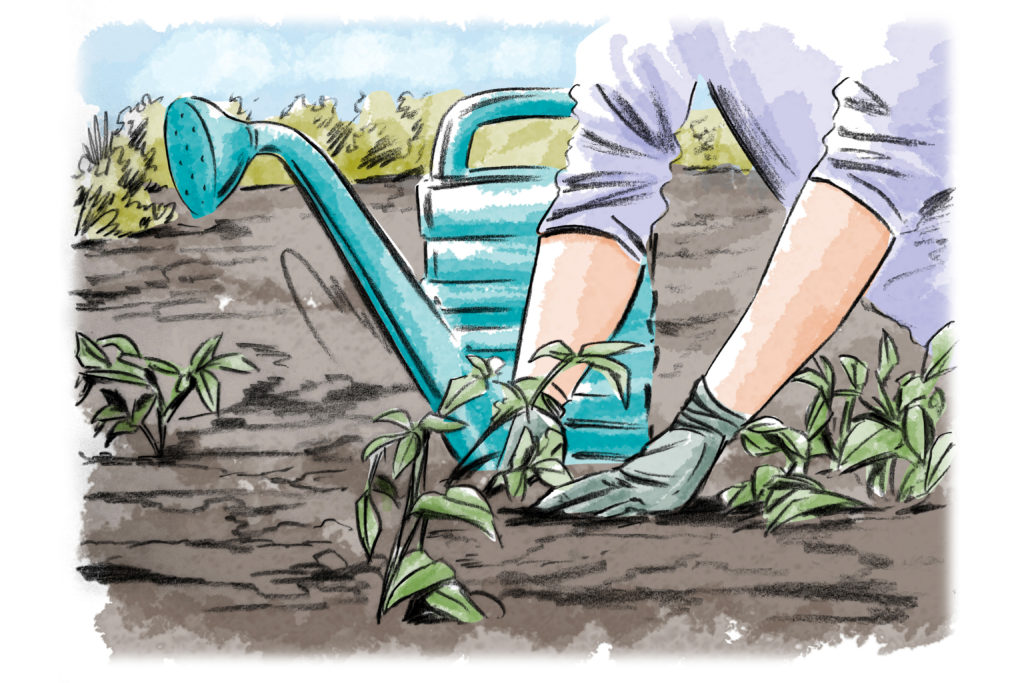
7. Plant Right Away
New plants must be put in the ground as soon as possible, and ideally in the late afternoon or early evening. If you need in-depth guidance on plant transplantation, check out this helpful guide. After planting, water your new green friends, apply mulch (which will make plants more drought-tolerant in the Texas heat), and sprinkle compost on top for nutrients.
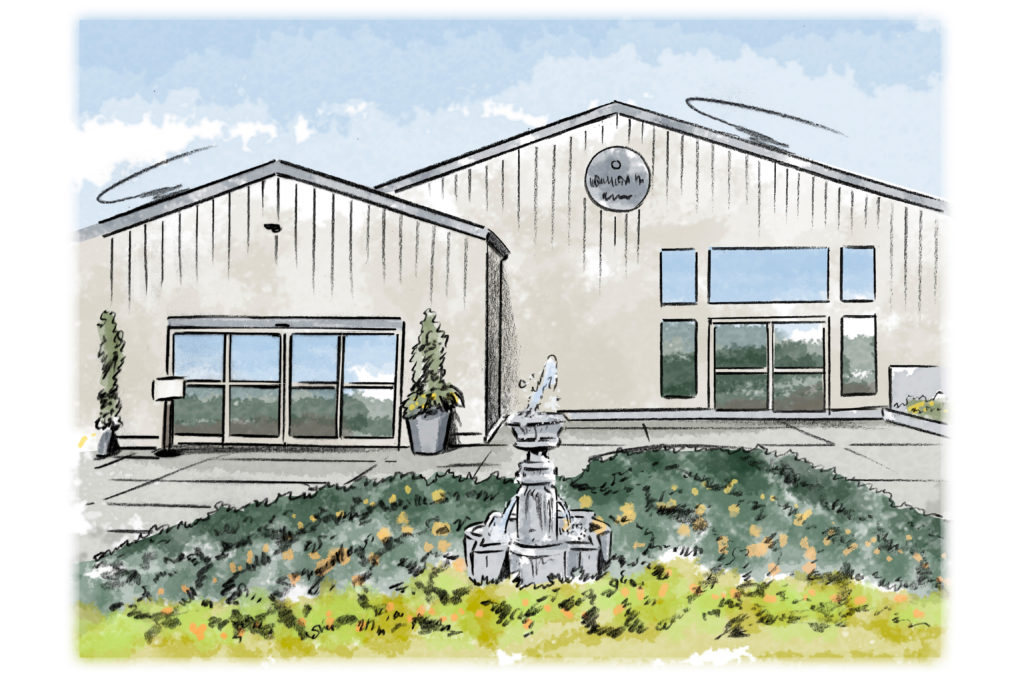
Select a Local Plant Nursery
There are countless high quality local nurseries and plant shops throughout the state. Here is a small selection of what Texas has to offer in its largest areas:
- Houston: Buchanan’s Native Plants
- Dallas: North Haven Gardens
- Austin: Hill Country Water Gardens & Nursery, Cedar Park
- Fort Worth: Weston Gardens in Bloom
- San Antonio: Milberger’s Landscaping & Nursery
If you’re interested in gardening to support natural habitats in your area, consider our guide for ecological gardening.
© 2022 Texas Farm Bureau Insurance


